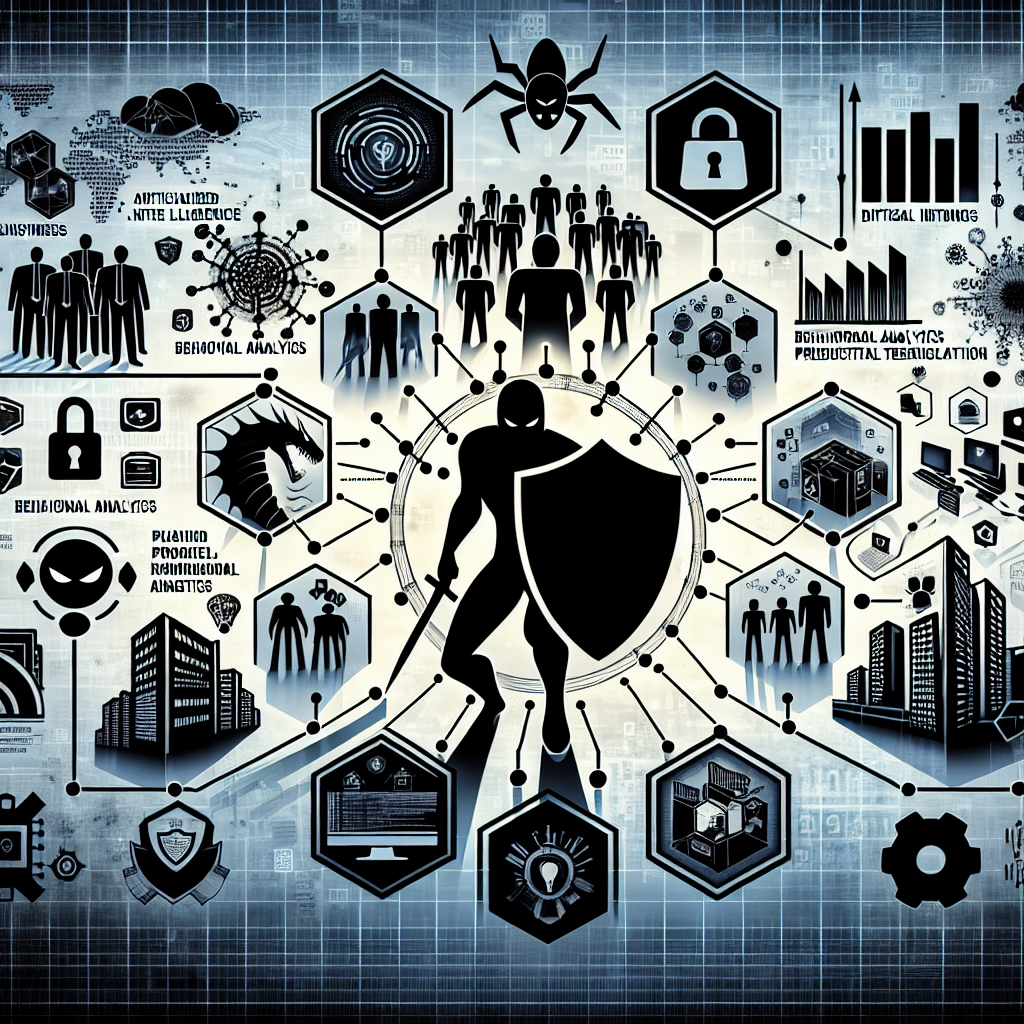In recent times, advanced threat detection has become an integral part of cybersecurity strategies worldwide. With cyber attacks becoming increasingly sophisticated, businesses are pivoting towards more robust systems to protect their networks and sensitive data.
Today's cyber threats are no longer mere nuisances; they represent complex, coordinated attacks designed to cause significant disruption and harm. Real-world examples, such as the notorious WannaCry ransomware attack, demonstrate the potential repercussions of inadequate threat detection mechanisms.
Advanced threat detection systems use a mix of artificial intelligence, machine learning, and behavioral analytics to identify and neutralize threats before they can inflict damage. This evolution in cybersecurity is not just about identifying a threat but predicting and preventing future attacks.
Companies like U.S.-based Deloitte have been pioneering in developing these sophisticated tools, which can drastically reduce response times and improve network resilience against emerging threats.
As the threat landscape continues to evolve, businesses must stay vigilant and continuously enhance their cybersecurity frameworks. Investing in advanced threat detection is no longer optional but a necessity for safeguarding organizational data and maintaining business continuity.
The Rise of Advanced Threat Detection in Cybersecurity Featured
 Explore how advanced threat detection is becoming crucial in cybersecurity strategies, with cutting-edge technologies protecting against complex cyber threats.
Explore how advanced threat detection is becoming crucial in cybersecurity strategies, with cutting-edge technologies protecting against complex cyber threats.
Latest from Security Tech Brief
- Emerging Cyber Threats: A Closer Look at Supply Chain Attacks
- Rising Threats in Cybersecurity: The Increasing Sophistication of Phishing Attacks
- Emerging Threats in Cybersecurity: What Businesses Need to Know
- Emerging Cybersecurity Threats in 2023: Adapting to a New Landscape
- The Rising Threat of Phishing Attacks: What Businesses Need to Know
